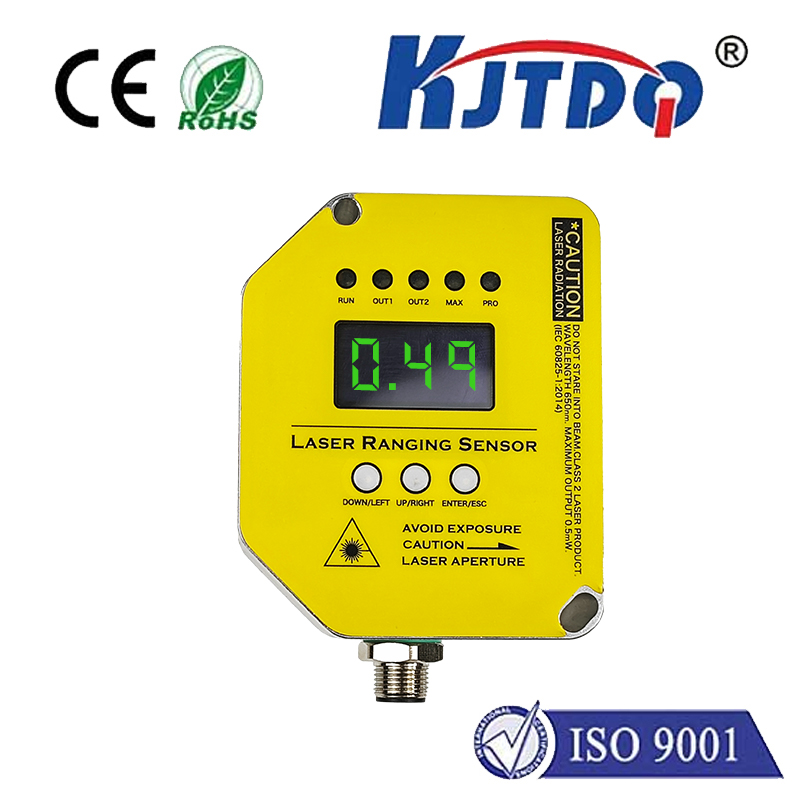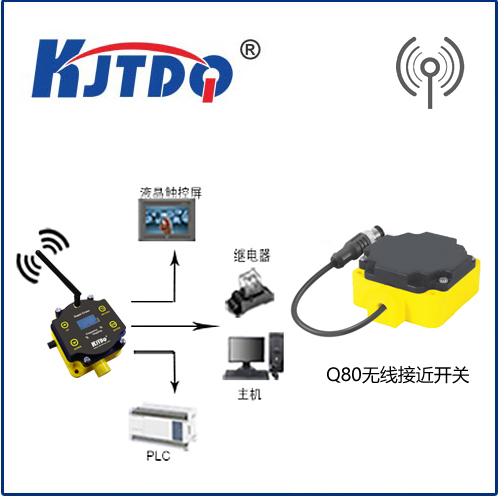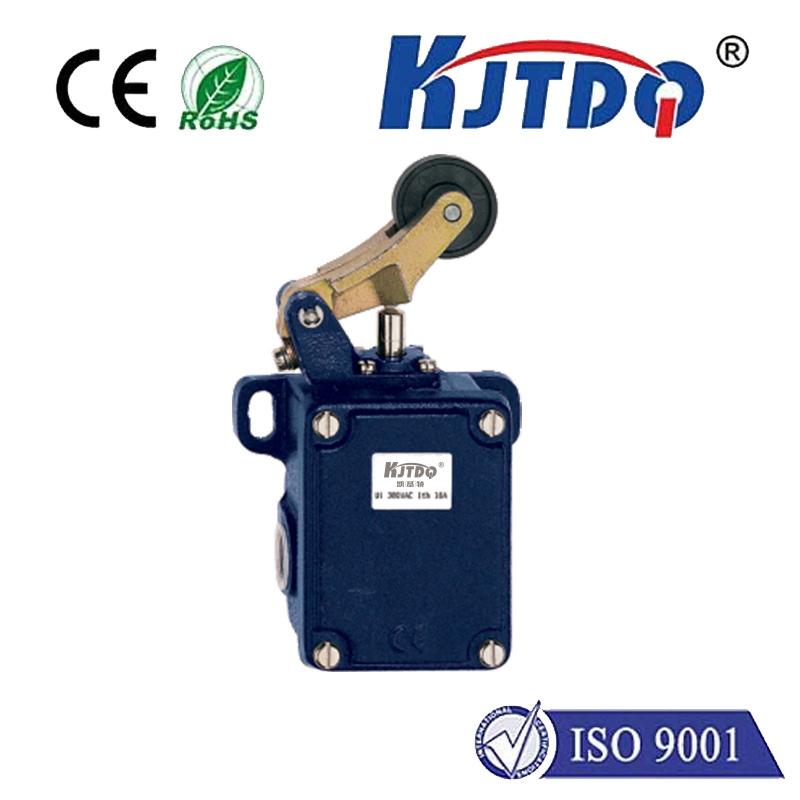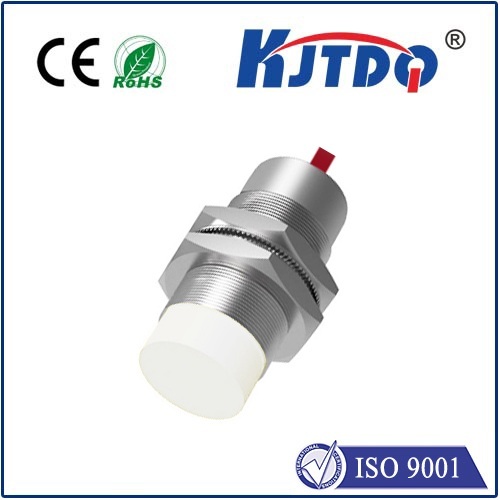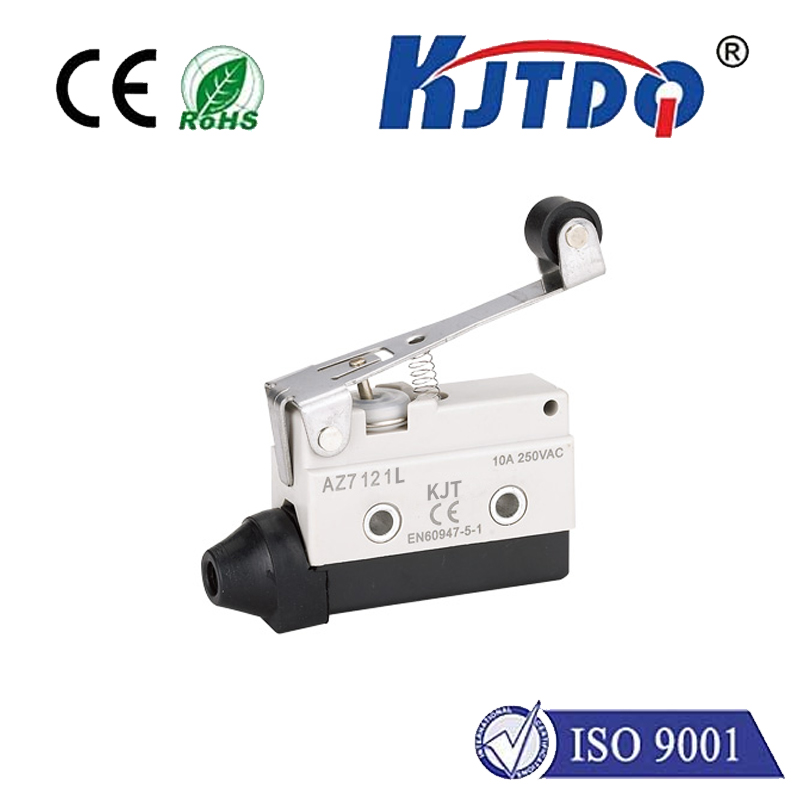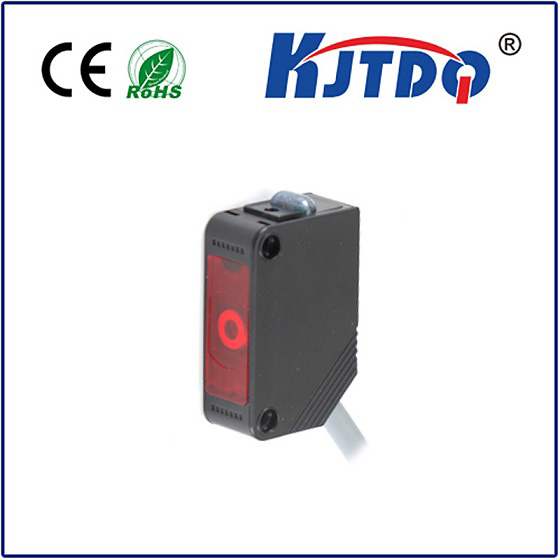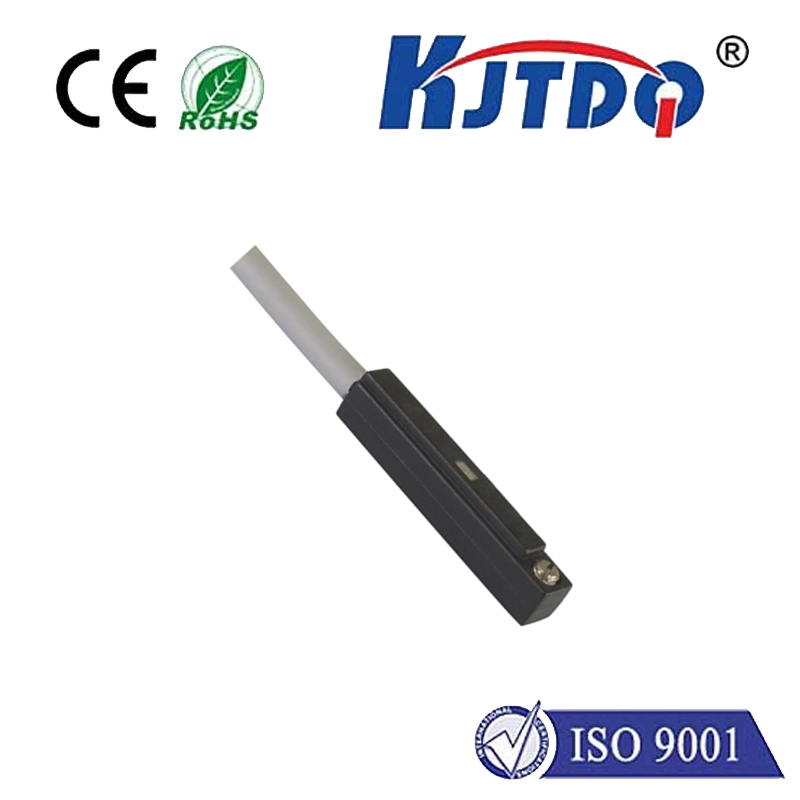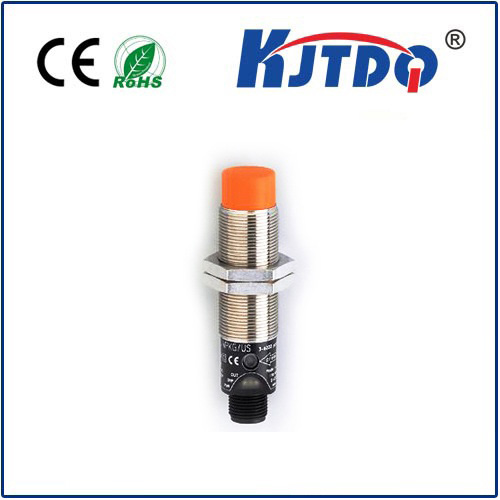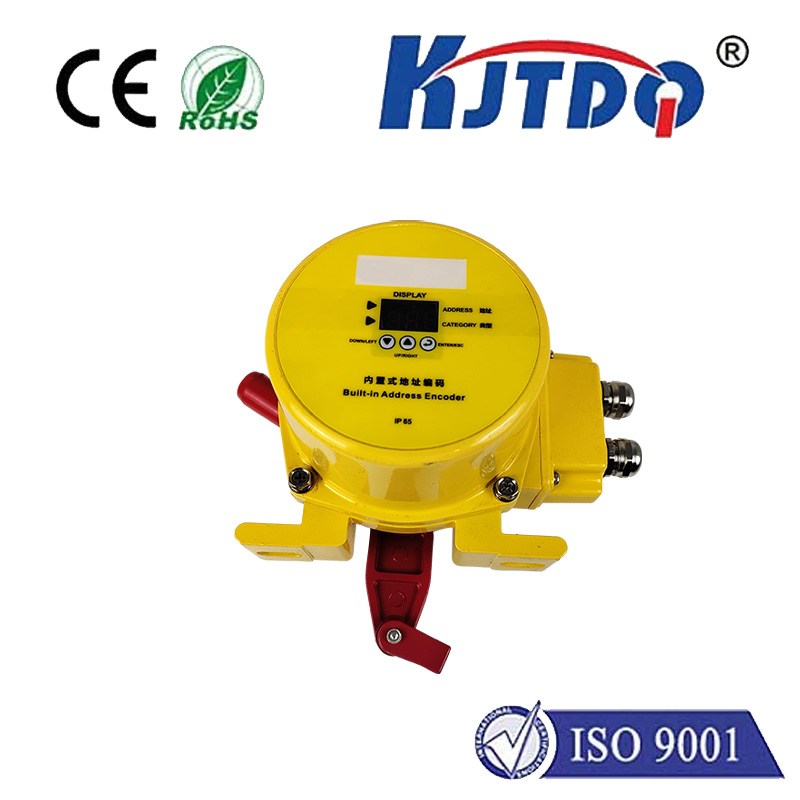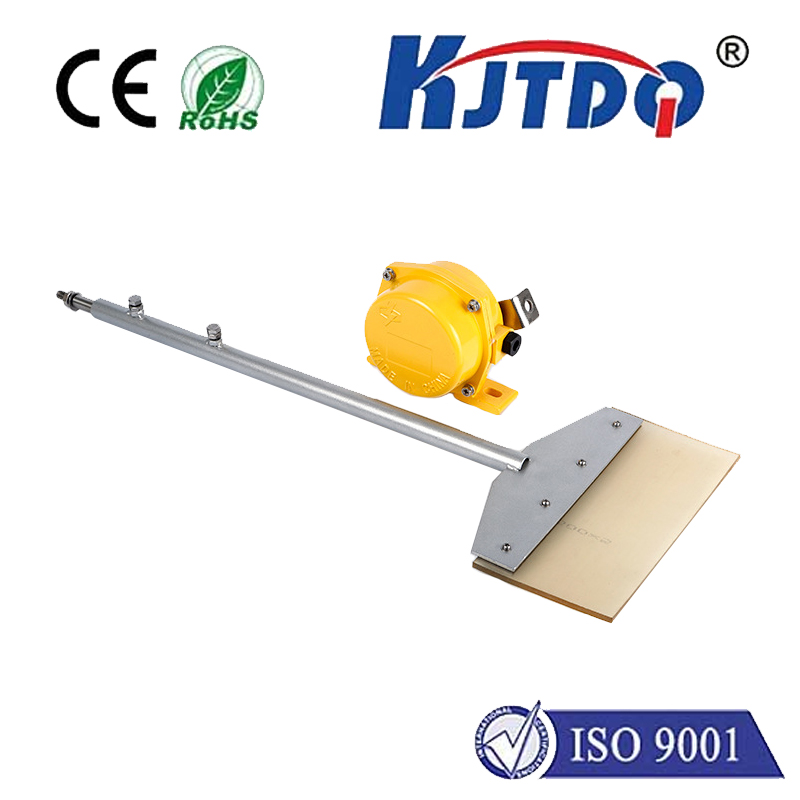proximity sensor e18 d80nk
- time:2025-06-23 16:19:57
- Click:0
Unlock Precision Detection: A Deep Dive into the E18-D80NK Proximity Sensor
Struggling with unreliable object detection in your automation project? Need a sensor that cuts through dust, dirt, and challenging lighting? The E18-D80NK proximity sensor often emerges as the robust, go-to solution for makers, engineers, and industrial designers alike. This compact infrared workhorse bridges the gap between simple presence sensing and demanding environments, offering a unique blend of adjustability, resilience, and cost-effectiveness. Let’s explore why the E18-D80NK is a cornerstone in countless detection applications.
Decoding the Name: What is the E18-D80NK?
Before diving deep, understanding its nomenclature provides insight:
- E18: Likely denotes the sensor series or form factor.
- D: Often indicates a “Diffuse” or “Reflective” sensing mode.
- 80: Represents its nominal detection range – 80 cm (approximately 31.5 inches). Crucially, this range is adjustable.
- NK: Common suffixes, possibly indicating features like NPN output and Normally Open (NO) or Normally Closed (NC) configuration options, though verification with specific datasheets is always recommended.
In essence, the E18-D80NK proximity sensor is an infrared (IR) diffuse reflective sensor. Unlike through-beam sensors needing separate emitter and receiver, or retro-reflective types needing a reflector, this sensor houses both the IR LED emitter and the phototransistor receiver in a single, compact unit. It detects objects by bouncing IR light off them.
Under the Hood: How the E18-D80NK Works

The principle is elegantly simple yet powerful:
- Emission: An internal infrared LED emits a beam of light.
- Reflection: When an object enters the sensor’s detection field, some of this emitted light reflects back towards the sensor.
- Reception & Processing: The built-in phototransistor receiver detects this reflected light. Integrated circuitry within the sensor processes this signal.
- Output Trigger: Based on the strength of the reflected signal (indicating proximity), the sensor electronically switches its output state. Typically, it provides an NPN transistor output, configured as either Normally Open (NO) or Normally Closed (NC). In NO mode, the output turns “ON” (conducts to ground) when an object is detected within range. NC mode operates inversely.
Key Features & Specifications (What Makes it Stand Out)
The E18-D80NK’s popularity stems from several compelling features:
- Adjustable Detection Range: This is arguably its most significant advantage. A small, accessible potentiometer on the sensor body allows you to fine-tune the sensitivity. You can reduce the range for close-proximity precision tasks or maximize it towards the nominal 80cm for longer reach. This adaptability makes it incredibly versatile across diverse applications.
- Immunity to Ambient Light: Robust internal modulation and filtering significantly reduce false triggers caused by sunlight or artificial room lighting, enhancing reliability.
- Environmental Resilience: Often rated around IP54 or similar, it offers good protection against dust and water splashes, making it suitable for use outside pristine labs – think workshops, dusty manufacturing lines, or mobile robotics.
- Non-Contact Sensing: Detects objects without physical touch, preventing wear and tear on both the sensor and the target.
- Simple Interface: Typically operates on a common DC voltage range (like 5V-24V DC) and provides a straightforward digital (ON/OFF) output signal compatible with microcontrollers (Arduino, Raspberry Pi, PLCs), relays, and other control circuits.
- Compact & Robust Housing: Its cylindrical design is easy to mount using the supplied nut, and the construction is generally durable for industrial use.
Where Does the E18-D80NK Shine? Common Applications
Thanks to its robustness, adjustability, and reliability, the E18-D80NK finds a home in numerous scenarios:
- Object Counting: Counting items on conveyor belts, bottles, boxes, or people passing through a gate.
- Position Detection & Limit Sensing: Verifying if a machine part (like a robotic arm) has reached its intended position or end-of-travel limit.
- Liquid Level Sensing: Detecting the presence (or absence) of liquids in tanks or bottles (works best on opaque containers).
- Jam Detection: Monitoring for material jams in printing machines, packaging lines, or feed mechanisms.
- Robotics: Crucial for obstacle avoidance, line following (detecting high-contrast lines), edge detection on tables, or triggering actions when robots approach stations.
- Security Systems: Acting as simple intrusion detectors sensing movement near doors, windows, or specific zones.
- Vending Machines: Detecting product dispensing or coin entry.
- DIY & Maker Projects: A favorite for Arduino and Raspberry Pi projects involving automation, interactive installations, or smart devices due to its ease of use.
Integrating the E18-D80NK: Practical Considerations
Getting the most out of your sensor involves mindful setup:
- Power: Connect to the specified DC voltage range (e.g., Brown wire to V+, Blue wire to V-). Exceeding voltage can damage it.
- Load Connection: The output wire (often Black) connects to your load (e.g., PLC input, microcontroller pin, relay coil). Remember it’s typically an NPN output. For a microcontroller:
- Connect the Black (OUT) wire to the digital input pin.
- Connect the Blue (GND) wire to the microcontroller’s GND.
- Place a pull-up resistor (e.g., 10K Ohm) between the input pin and V+ (5V) to ensure a clean HIGH signal when the sensor is OFF if using NO configuration. (This step is often critical for reliable microcontroller interfacing.)
- Tuning: Power on the sensor. Use a small screwdriver to adjust the potentiometer. Bring the target object to the desired detection distance and slowly turn the pot until the sensor’s indicator LED reliably triggers ON and OFF with the object’s presence. Avoid turning it so sensitively that it triggers without an object present.
- Mounting: Ensure the sensor is securely mounted. Consider the target object’s reflectivity (matte black absorbs more IR, reducing range; shiny white reflects more, increasing range), angle of approach, and potential interference from highly reflective backgrounds.
Conclusion: The Indispensable Infrared Sentinel
The E18-D80NK proximity sensor offers a compelling package: substantial adjustable range, impressive environmental robustness, simple integration, and excellent value. While it has limitations (like challenges with very dark or transparent objects and potential background reflection issues), its advantages make it a fundamentally reliable and versatile choice for countless detection tasks. Whether you’re optimizing a factory line, building an exploratory robot, or crafting an interactive art piece, the E18-D80NK stands as a proven, dependable infrared sentinel, ready to detect presence with precision. Understanding its operation and setup nuances is key to unlocking its full potential in your next project.






